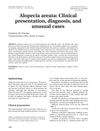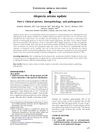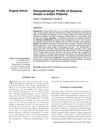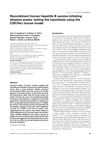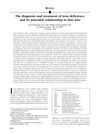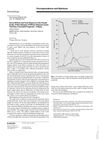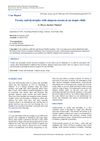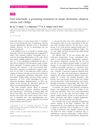Etiopathogenesis of Alopecia Areata
February 2014
in “
Hair therapy & transplantation
”
Alopecia Areata autoimmune disease T-cell mediated inflammation hair follicles environmental triggers infections stress genetic markers SALT score anti-MIF therapy MIF levels spontaneous regrowth atopy nail diseases autoimmune diseases AA hair loss immune system hair roots triggers genes hair loss score MIF treatment MIF hair regrowth allergies nail problems immune diseases
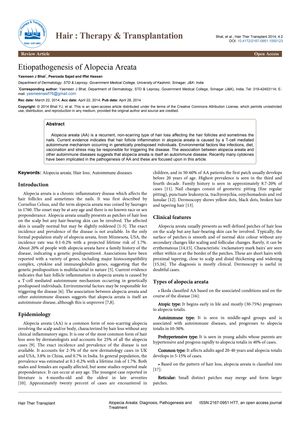
TLDR Alopecia Areata is an autoimmune condition causing hair loss, influenced by genetics, environment, and possibly improved by anti-MIF therapy, with many patients experiencing regrowth within a year.
The 2014 review article on Alopecia Areata (AA) describes it as an autoimmune disease causing non-scarring hair loss in genetically susceptible individuals, with T-cell mediated inflammation of hair follicles. Environmental triggers like infections and stress, along with a common autoimmune background, are implicated in its onset. AA, which affects both genders equally and can occur at any age, represents 25% of alopecia cases with a prevalence of 0.1-0.2% and a lifetime risk of 1.7%. A family history of AA is noted in 20% of cases. The review discusses AA's classification, genetic markers, and the influence of stress and diet on its pathogenesis. Diagnostic procedures are typically unnecessary unless the diagnosis is unclear, but the SALT score can quantify hair loss. The document emphasizes the potential of anti-MIF therapy, given the correlation between MIF levels and AA severity. Spontaneous regrowth occurs in 50-80% of patients within a year, but prognosis is poorer in cases with early onset, family history, atopy, extensive hair loss, long duration, and associated nail or autoimmune diseases.
